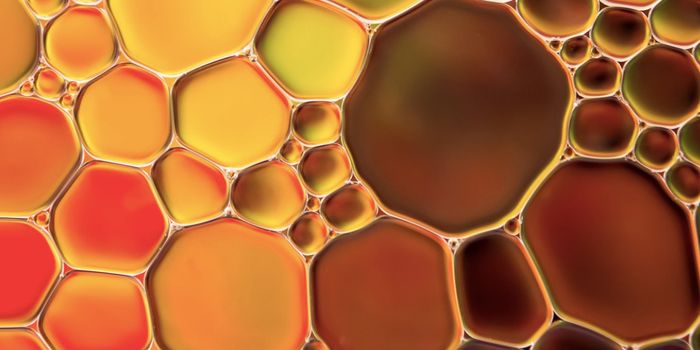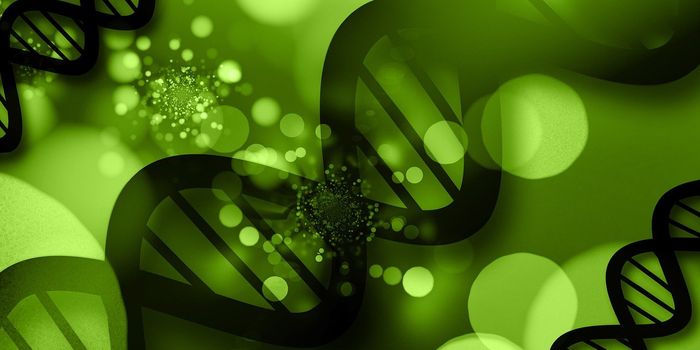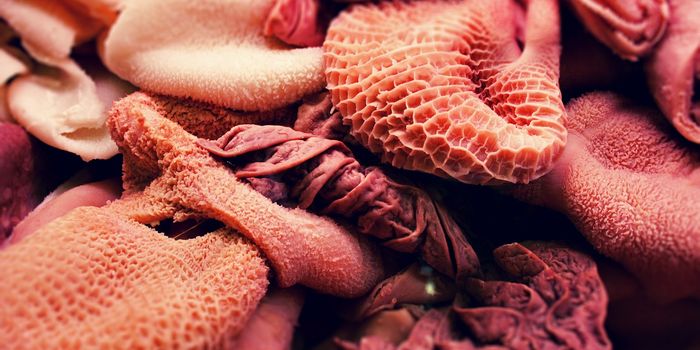Potential Drug Target for Stroke Patients
In a study published in Science, a proton-activated chloride channel (PAC) may serve as a drug target to protect against the tissue-damaging effects of stroke and other health complications.
"Knowing the identity of this acid-stimulated protein opens up a broad new avenue of both basic research and drug discovery," says the study's principal investigator Zhaozhu Qiu, Ph.D., an assistant professor in the Department of Physiology at the Johns Hopkins University School of Medicine.
Stroke causes oxygen deprivation and can result in an acid build-up in tissues. When the acidity accumulates, it can damage cells and cause cellular death. The buildup of acid opens specialized cellular membrane channels that result in an abnormally high concentration of ions inside the cell which cases the cell swelling and cellular death. These special ion channels have remained unknown until now.
Learn more:
The ion channels were identified through engineered human cell lines which were used for the rapid testing of the channel proteins in cells. Specifically, these cell lines produced a fluorescent molecule that could be turned off when the ion channels open in response to acid. The cells were used to systematically assay a library of 2,725 genes one by one.
Using this method, researchers were able to identify a single gene known as TMEM206 which showed that its inactivation eliminated channel activity in response to acid. The gene is broadly found, from the human genome to fish. Further analysis indicated that the gene corresponded to a single protein known as PAC and may hold an evolutionarily conserved role in hypoxia—condition resulting from increased acidity in the body.
"Its evolutionary conservation and wide expression suggest a broad role for this new channel family in physiology and disease -- now we are very excited to figure it all out," says Qiu.
These findings can open the door to new therapies for stroke patients and patients of other health complications.
Source: Science Daily









